What is it like to play more than 1500 professional matches without getting retire from a single match on a rigorous ATP Tour? Roger Federer knows. The 20-time Grand Slam champion has never retired mid-match due to injury in his career. World No.2 Novak Djokovic also bowed down to this insane record from the Swiss maestro.
Injuries are a part and parcel of tennis. It is difficult to maintain a positive frame of mind for a tennis player as they deal with many on-court and off-court injuries all over their career.
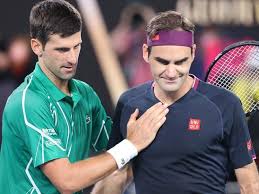
“I know how it feels”: Novak Djokovic
Djokovic also explained that he knows what a player goes through when he is hurt on the court. Hence, he respects Federer for always showing the determination of playing the game.
“I did have retirements throughout my career and I know how it feels when you’re hurt on the court,” Djokovic said in the post-match press conference on Thursday. “I know the amount of thoughts that go through your mind whether you should continue or not, whether it’s going to get worse.”
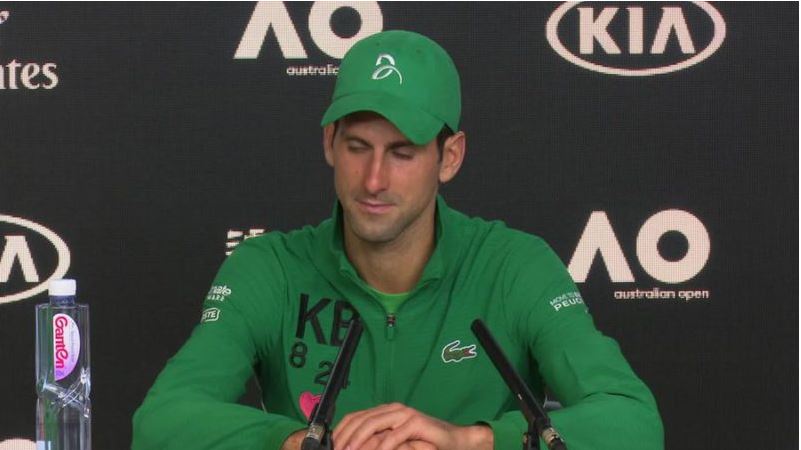
Djokovic further explicated that only the player knows at that moment what you go through. The 32-year-old refused to compare injuries because everyone goes through their injury individually and it is hard to compare.
“Huge respect for that: Djokovic
The stats do show that the 38-year-old Federer has managed to maintain an incredible level of fitness throughout his career. However, it is not that he has never been injured during his playing time.
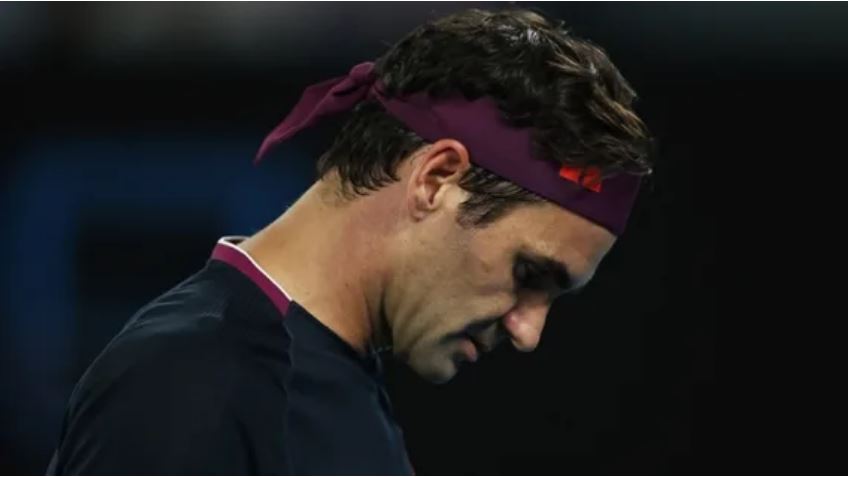
The Basel native had suffered a groin injury during his marathon quarterfinal win against Tennys Sandgren at the Australian Open 2020. He also looked slightly hampered in his movements but he resisted the pain and continued to play before winning the match.
Federer was also unsure about his participation in the semifinals but he came out on the Rod Laver Arena, carrying the groin injury into the match. He was not even close to his best in terms of the movement against Djokovic. However, he fought until the last point, earning the respect of his opponent and fans around the world.

“It’s an amazing fact that he has never retired, not a single match, throughout his career. Huge respect for that,” Djokovic concluded.
Djokovic A Master Manipulator When It Matters Most
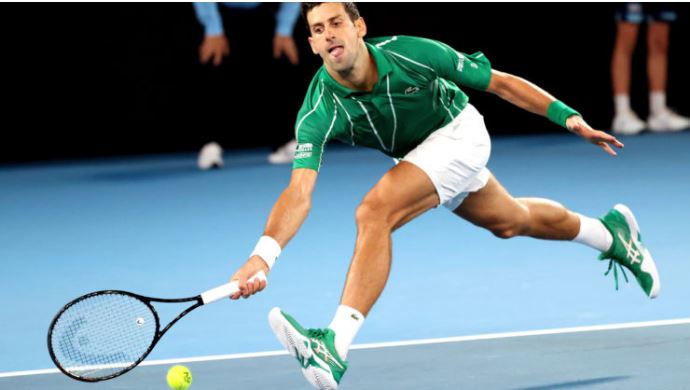
Novak Djokovic thrives on adversity by limiting its existence.
An Infosys ATP Beyond The Numbers analysis of rally length on break point in Djokovic’s six matches leading up to Sunday’s Australian Open final against Dominic Thiem shows that the Serbian plays shorter points when he is facing break point, and that he extends the rally when his opponents are serving at break point.
Djokovic is a master manipulator of the moments that matter.
For the tournament, Djokovic’s average rally length for all points played has been 4.07 shots, which equates to just two shots for each player. Dominic Thiem, his opponent in the final, is right in the same ballpark, averaging 4.19 shots per point for the event.
But if you dig a little deeper into break point opportunities in Djokovic’s matches, you uncover a sizable difference in rally length when he is serving and when his opponent is serving.
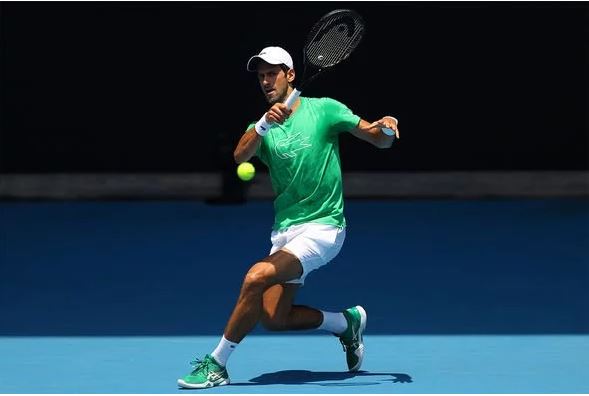
Djokovic Rally Length / Break Points
• Average rally length = 4.07 shots
• Average rally length when Djokovic serves facing break point = 2.83 shots
• Average rally length when opponents serves facing break point = 4.62 shots
2020 Australian Open: Djokovic’s First Six Matches
Opponent Match: Avg Rally Length
Djokovic Avg Rally Length
On Break Points
Opponent Avg Rally Length
On Break Points
Roger Federer 3.84 3.00 4.09
Milos Raonic 3.71 1.00 4.13
Diego Schwartzman 4.82 4.00 4.75
Yoshihito Nishioka 4.32 1.00 2.83
Tatsuma Ito 3.99 – 5.33
Jan-Lennard Struff 3.95 3.00 6.18
AVERAGE 4.07 2.83 4.62
In a substantial 50 per cent of Djokovic’s 18 break points faced (9/18), there has been just one shot in the court, which is a combination of aces and missed returns by his opponents.
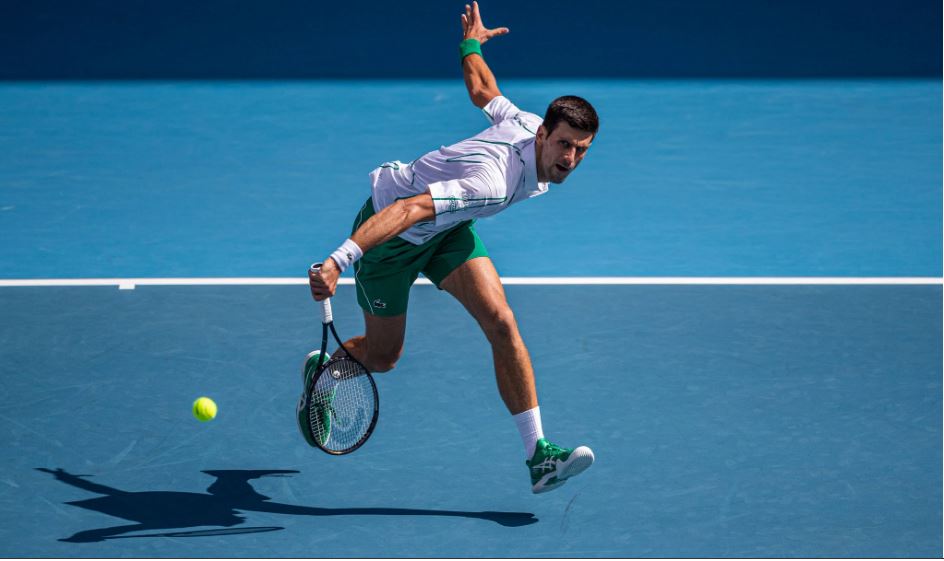
Only one break point on Djokovic’s serve reached double digits in rally length. That was a 10-shot rally at 0-1, 15/40 in the first set against Roger Federer. Federer drew Djokovic to the net with a backhand drop shot, and then ripped a backhand passing shot down the line to earn an early 2-0 lead.
Djokovic has created 61 break point opportunities leading into the final in Melbourne, winning 44 per cent (27/61) of them. Only 30 per cent (18/61) of those break points were a one-shot rally, meaning Djokovic was aced or missed a return. Significantly, Djokovic has extended the rally length to double digits eight times when his opponent was serving on break point, winning seven of those points.
Expect this dynamic to continue in Sunday’s Australian Open final against Thiem. Manipulating rally length in the big moments will be as important as any strategy Djokovic employs in his attempt to win his eighth title Down Under.